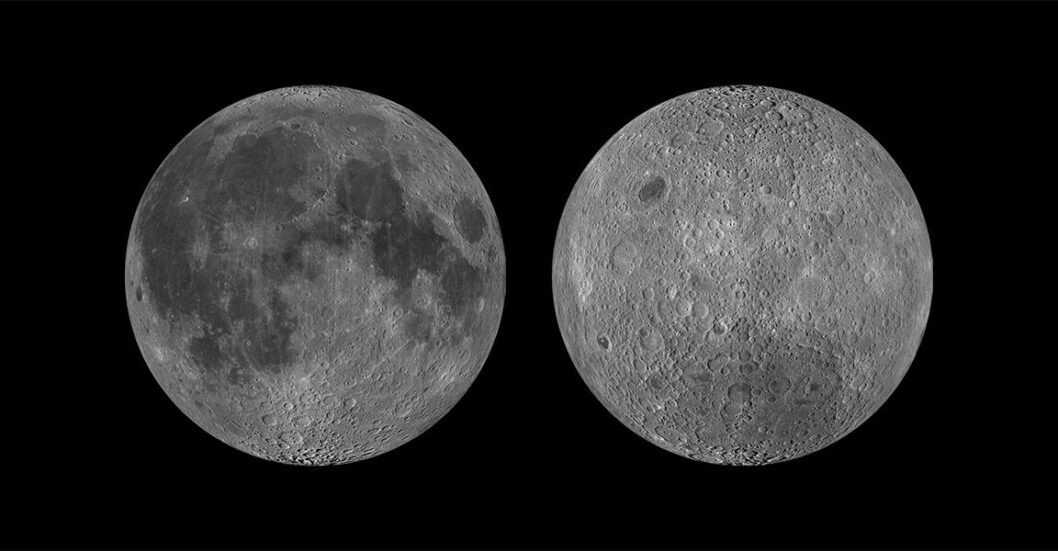Lunar Exploration: New Discoveries and Future Missions
In recent years, lunar exploration has gained renewed attention with missions like China’s Chang’e-5 and Chang’e-6 returning samples from the Moon, the first such efforts since the 1970s. These missions are not only enriching scientific understanding about the Moon’s formation and evolution but also revealing complexities that challenge long-standing geological theories. As preparations ramp up for NASA’s upcoming Artemis III mission, which aims to send astronauts back to the lunar surface by 2027, the implications for lunar geology and resource exploitation are immense.
Unearthing Lunar Mysteries
The Chang’e-6 mission, launched in 2024, successfully collected over four pounds of samples from the Moon’s far side, particularly the South Pole-Aitken Basin. This region is notable for its unique geological characteristics, raising questions about why the far side of the Moon appears so different from the near side. Clive R. Neal, a geologist at the University of Notre Dame, highlights the ongoing revelations and complexities of lunar geology: “The more we look at the Moon, the more we’ve discovered—and the more we realize how little we know.”
Geological Insights and Recent Volcanism
Studies from the Apollo missions and subsequent research have established that the Moon was formed after a massive collision between Earth and a Mars-sized object around 4.5 billion years ago. However, recent findings challenge the notion that volcanic activity ceased billions of years ago. Notably, data from Chang’e-5 has shown that some volcanic rocks are as young as 2 billion years old, with some volcanic glass beads potentially being only 120 million years old. “That was big news,” remarked Jim Head, a planetary geoscientist involved in Apollo missions. These discoveries suggest that the Moon may still harbor geological activity, contrary to the long-held belief that it has been “geologically dead” for eons.
The Moon’s Far Side: A Puzzle of Its Own
Understanding the far side of the Moon remains a priority for researchers. Its thicker crust and scarcity of lava-filled maria differ sharply from the near side, which is characterized by vast, dark plains formed by ancient volcanic activity. Chang’e-6’s contributions are poised to enhance this understanding, potentially unraveling the reasons behind these stark differences.
NASA’s Artemis III mission is expected to provide another angle on lunar geology by landing in a region representative of average lunar geology, near the Moon’s south pole. This mission aims to collect 150 to 180 pounds of samples, which could yield significant insights into both geological history and the presence of water ice at the poles, a potential resource for future lunar bases.
The Quest for Resources
Aside from its geological significance, the Moon is viewed as a potential resource hub. One notable target is helium-3, a stable isotope thought to be an ideal fuel for nuclear fusion, which is rare on Earth but comparatively abundant on the Moon. As initiatives like Seattle-based Interlune aim to develop lunar mining operations, questions remain regarding the economics and logistics of such endeavors, along with legal and ethical implications.
Reflection on Future Exploration
The undeterred drive for lunar exploration reflects humanity’s quest for knowledge and resources beyond Earth. As experts like Neal and Lawrence suggest, developing fluid-free mining techniques necessary for lunar environments could revolutionize terrestrial mining practices and mitigate environmental challenges associated with traditional methods.
With continued exploration, there’s hope that researchers will answer long-standing questions while posing new ones, deepening our understanding of both the Moon and the broader solar system. The ongoing missions signify a pivotal era in science and space exploration, opening the door for advancements that could lead to sustainable lunar bases and enriched resources that might ultimately benefit life on Earth. As the timeline for these missions progresses, the anticipation surrounding each new discovery underscores an intrinsic curiosity about our celestial neighbor.









